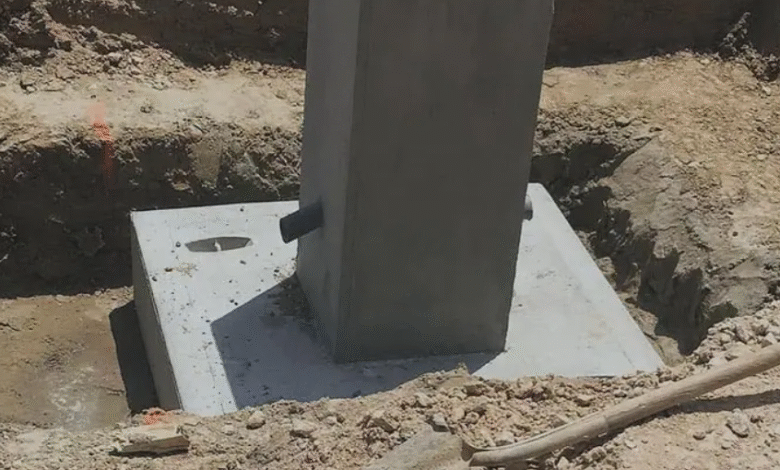How Concrete Footings Help Prevent Structural Damage Over Time

Concrete footings are an essential part of any building’s foundation. They act as the base that supports the weight of the structure, helping it stay stable and secure. Without proper footings, buildings are more likely to experience structural issues such as cracks, tilting, or even collapse over time. This article explains how concrete footings help prevent structural damage and why they are vital for the long-term safety of your property.
The Role of Concrete Footings in Building Stability
Concrete footings distribute the weight of the building evenly across the soil. When a structure is built, all the weight from walls, floors, and roofs is transferred down to the foundation. Footings act as the first layer that spreads this weight over a larger area, reducing pressure on the soil below. This prevents the ground from sinking unevenly, which can lead to cracks in walls, uneven floors, and other structural problems.
By providing a stable base, concrete footings ensure that the building remains level and secure. This is especially important in areas with soft or shifting soil, where the ground may settle over time. Properly designed footings account for the type of soil, the building’s weight, and local climate conditions, helping protect the structure against long-term damage.
Preventing Foundation Settling
One of the most common causes of structural damage is foundation settling. Over time, soil under a building can compress or move due to natural processes like erosion, moisture changes, or freeze-thaw cycles. If footings are not strong enough or properly positioned, settling can cause parts of the building to sink unevenly.
Concrete footings prevent this by creating a solid base that holds the foundation in place. The footings are usually wider than the walls they support, allowing them to distribute weight more evenly and reduce the risk of sinking. This prevents cracks in walls and floors, sticking doors or windows, and other problems associated with uneven foundations.
Protection Against Soil Movement and Water Damage
Soil movement and water infiltration are major threats to a building’s structural integrity. Heavy rains, flooding, or poor drainage can cause soil to expand, contract, or wash away. Without a strong footing, these changes can destabilize the foundation and lead to serious damage.
Concrete footings act as a barrier between the structure and the soil. They anchor the building firmly and keep the foundation level, even when soil conditions change. Footings also help direct water away from the foundation, reducing the risk of water damage that could weaken the structure over time.
See also: Driving Business Growth Through Digital Optimization
Long-Term Cost Savings
Investing in high-quality concrete footings may seem expensive initially, but it can save money in the long run. Structural damage from poor foundations often requires costly repairs, including foundation reinforcement, wall rebuilding, or even complete reconstruction in extreme cases.
By preventing settling, cracking, and water-related damage, concrete footings help maintain the building’s integrity for decades. A strong foundation also increases the property’s overall value and provides peace of mind, knowing that the structure is safe and durable.
Importance of Professional Installation
To ensure that concrete footings perform effectively, they must be designed and installed correctly. Professionals assess the soil type, building load, and local conditions before determining the size and depth of the footings. Proper installation includes compacting the soil, using reinforced concrete, and pouring footings to the required depth.
Incorrectly installed footings can fail over time, leading to uneven settling, cracks, and structural damage. Hiring experienced professionals ensures that the footings will support the building safely for many years, preventing costly repairs and preserving the property’s integrity.
Conclusion
Concrete footings are a crucial element of any building foundation. They provide stability, prevent uneven settling, protect against soil movement and water damage, and save money by reducing the need for future repairs. Properly designed and installed footings ensure that your building remains strong and safe over time. By investing in quality concrete footings, property owners can protect their structures from long-term damage and enjoy lasting peace of mind.




